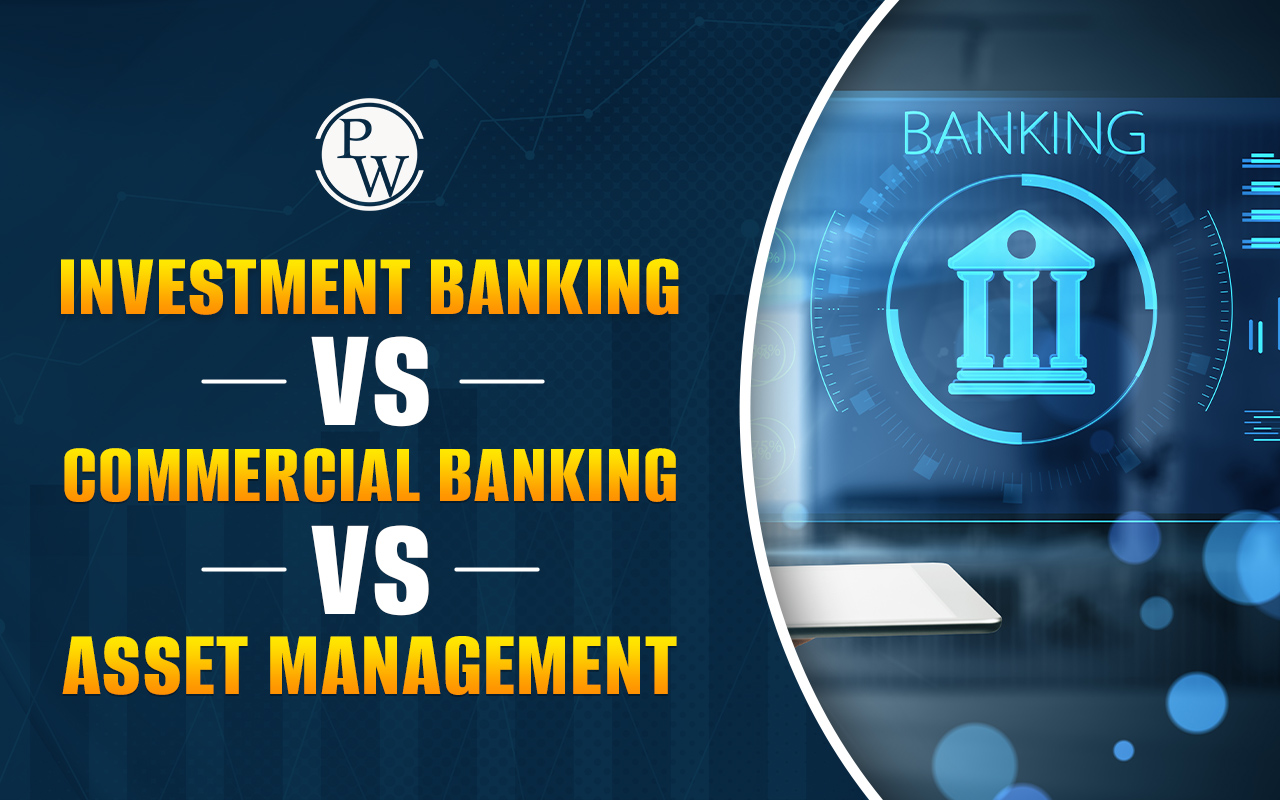

M&A Deal Structuring refers to the process of formulating how a merger or acquisition proceeds between two companies. It addresses key details such as the mode of payment, ownership transfer, legal liabilities, and money commitments. This step is valuable since it assists the acquiring and target companies in consenting to reasonable and understandable terms.
A good deal structure helps the deal go smoothly, without risk of mismanagement and future affinity to the business. It also influences the end cost of the deal and long-run outcomes of either party. After conducting due diligence, the structuring decisions are arrived at, and the transaction is closed on these decisions.
Check complete details about what is M&A Deal Structuring, different ways of structuring, example transactions, companies involved, and more below.
What is an M&A Deal Structure?
An M&A Deal Structure is the planned arrangement that explains how a merger or acquisition will be carried out between two companies. It outlines the terms and conditions of the deal such as how the ownership is going to change and how the payment is going to be received (using cash, stock, or a combination), how risks and liabilities are to be allocated.
This structure forms the backbone of the entire transaction. A well-designed M&A Deal Structuring, when well-designed, will provide legal conformity, financial fit, and ease of integration following the deal. It also impacts such significant aspects as tax implications, regulatory approvals, and success of the deal in general.
Types of Mergers and Acquisitions (M&A) in M&A Deal Structuring
Mergers and Acquisitions(M&A) are significant business strategies that business firms use to enter into new markets, expand, and grow. The type of transactions varies depending on business objectives, organization, and the type of the industry.
Types of Mergers
Mergers refer to the buying of two or more companies and combining them into a single company, usually to raise market power or achieve efficiency.
-
Horizontal Merger: It takes place between two firms within an industry and market. It assists in cutting down competition and growing market shares.
-
Vertical Merger: This occurs between businesses at various stages of the supply chain and enhances cost control and operational efficiency.
-
Market-Extension Merger: It deals with firms that sell somewhat the same items but in other regions, promoting market expansion.
-
Product-Extension Buyout: This brings together two companies that produce different yet related products in the same market in an effort to have more product variety and more customers.
-
Conglomerate Merger: A merger between businesses with no relationship to each other and is usually undertaken to diversify the business risks or venture a new market.
Types of Acquisitions
Acquisitions occur when one company buys another to gain control, either fully or partially, depending on the deal structure.
-
Asset Acquisition: The buyer acquires chosen assets of the target company and disregards the responsibilities of full ownership.
-
Stock Acquisition: This involves purchase of shares in the target firm to achieve controlling powers to make calls in relation to the acquisition.
-
Acqui-hire: The acquisition of the target company is primarily based on the talented personnel of the target rather than products or services.
-
Reverse Takeover: A privately held company buys a publicly traded one in order to have a listing without the need to have an IPO.
Every kind of M&A deal incorporates will fulfill particular strategic objectives, which might be an expansion of business, entry into a new market, acquiring talent and/or cost reduction. The decision to either merge or take an acquisition is made on financial, legal, and operational aspects.
Different Ways of Structuring an M&A Deal
Mergers and Acquisitions (M&A) are deals that need to be structured carefully and they impact financial, legal, and operational outcomes on both the buyer and the seller. The structure determines how the assets and liabilities are transferred, where taxes are involved, and what the risks would be. The most common forms of M&A deal structure are as follows:
1. Asset Purchase
In an asset purchase, the buyer only buys certain things from the other company such as equipment, patents, or customers. The buyer can choose what to take and leave behind things they do not want, such as debts or contracts. This way is safer for buyers because they do not take on unknown problems. But it can be tricky because every item must be transferred one by one. Sellers might pay taxes twice: once for selling the assets and once when they receive the money.
2. Stock Purchase
In a stock purchase, the buyer buys the shares or ownership of the whole company. This means the buyer takes control of everything including all assets and debts and the company keeps running as it was. This is usually simpler and faster because contracts and licenses stay the same. However, the buyer must accept all risks including hidden debts. Sellers usually pay less tax with this method.
3. Merger
A merger is when two companies join to become one company. Sometimes one company keeps its name and the other disappears. Other times they create a brand-new company together. Mergers are often done when companies want to work closely or are about the same size. It usually needs approval from shareholders and regulators.
4. Joint Ventures and Strategic Alliances
Instead of buying a company, sometimes two companies decide to work together on specific projects. This is called a joint venture or strategic alliance. They share resources and profits but stay separate companies. This is common when companies want to enter new markets or develop new technology together.
5. Earn-Outs and Contingent Payments
Sometimes part of the money paid depends on how well the bought company does in the future. This is called an earn-out. It helps protect the buyer and encourages the seller to help the company grow after the deal.
6. Leveraged Buyouts
A leveraged buyout happens when the buyer borrows a lot of money to buy a company, using the company’s own assets as security for the loan. This is common for private equity firms that want to buy a company, improve it, and sell it later for a profit.
7. Reverse Mergers
A reverse merger happens when a private company merges with a public company to become public quickly without doing the long and expensive process of an initial public offering. This is often used by small or startup companies.
Modeling Deal Structure
Modeling a deal structure in mergers and acquisitions involves coming up with a financial and legal framework which fits the objectives of both the acquirer and the acquirer. It is not only about doing the computations; the bargaining should result in an agreement that brings value, fairly divides the risk, saves on taxes, and operates in reality.
The major components of deal modeling are:
-
Purchase Price and Valuation: Purchase Price refers to price at which the company is bought whilst Valuation refers to the value of the company. It can be fixed or grounded on performance in future. Some standard methods of computing value are EBITDA multiples and discounted cash flow (DCF) or comparing similar past transactions.
-
Payment Terms: The buyer pays the seller, whether in cash, company shares, future performance payments (earn-outs) or some combination of these. A buyer should treat payment terms as they impact control and the availability of cash.
-
Financing Methods: The mechanism by which the buyer will finance the deal, such as through a debt (borrowed money), equity (owner money), or both. In some cases, the buyer may have a leveraged process whereby the loans are secured by the assets of the company.
-
Risk Sharing: The agreement features safeguards such as guarantees, assurances about the business situation and escrowing funds so that there is money to pay in case of any difficulties arising in the future.
-
Tax Planning: Tax efficient structuring of the transaction between buyer and seller to minimize taxes.
-
Legal And Regulatory Regulations: Ensuring the transaction complies with competition, shareholder rights and local regulations.
Advanced deal models also look at what happens after the deal, such as how the companies will merge operations, what savings or growth (synergies) they expect, and what risks might occur. Understanding the goals of both sides and the market conditions helps build a deal structure that is financially strong and strategically smart.
M&A Deal Structure Example
A famous example of deal structuring is Facebook’s purchase of WhatsApp in 2014, valued at about $19 billion. The payment was a mix of cash and Facebook shares. WhatsApp’s shareholders received $4 billion in cash and $12 billion in stock, plus $3 billion in restricted stock units for WhatsApp’s founders. This mix helped the sellers get some money immediately and also share in Facebook’s future success.
Important parts of this deal structure were:
-
Payments delayed and linked to performance goals
-
Incentives to keep important team members
-
Approval from regulators in different countries
This type of structure balanced risks, encouraged long-term success, and made tax and legal matters efficient.
M&A Deal Structuring Companies
Many companies specialize in helping with M&A deal structuring. They provide advice, legal support, and financial modeling. These firms design deals that fit business goals, follow laws, and meet fair value expectations.
Major types of companies involved are:
-
Global Investment Banks: Big banks like Goldman Sachs, Morgan Stanley, and JPMorgan Chase
-
Consulting Firms: Large firms such as Deloitte, PwC, EY, and KPMG
-
Specialized Advisory Firms: Boutique firms like Rothschild & Co, Lazard, and Houlihan Lokey
-
Indian Firms: Local experts like ICICI Securities, Axis Capital, and Avendus Capital
These companies help buyers and sellers create clear, efficient, and legally sound M&A deals.
If you want to start a career in investment banking, the PW Investment Banking course helps you build essential skills like financial analysis, valuation techniques, and deal execution. The course offers live learning sessions, real-world case studies, and guidance to give you a practical understanding of how investment banking works.
It is suitable for both beginners and working professionals, with flexible learning options and hands-on projects to apply your knowledge. This program is designed to prepare you for roles in investment banking, corporate finance, and advisory services.
PW course supports your career growth by strengthening your financial and analytical foundation. Enroll today to kickstart your journey in finance.
M&A Deal Structuring FAQs
What is deal structuring in M&A?
What is the structured M&A process?
What is the 5-stage model of M&A?
What are the 10 steps in M&A?













